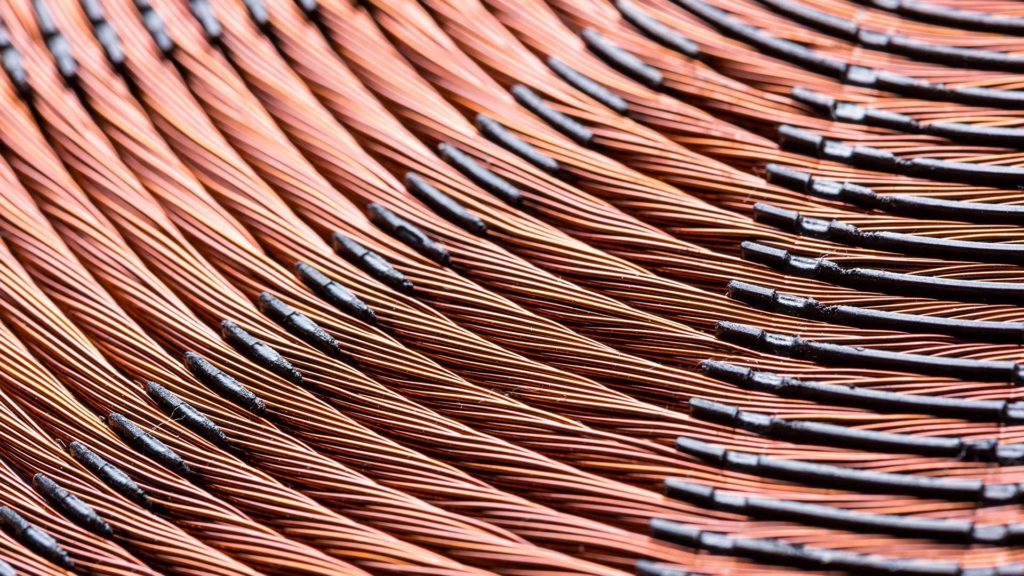
An element important for a variety of green building practices. This mineral and its various alloys play a role in insulation, wind turbines, and more. It helps to contribute to the goal of having a greener future. In this blog post, we will discuss boron. And also, how it offers many applications with its energy-saving benefits.
- Boron has low toxicity levels for humans, animals, plants, and microorganisms.
- It is vital for insulation materials such as fiberglass or polyurethane foam. Mainly, because it expands when you heat it.
- It is also used in wind turbines due to its high stiffness and lightweight.
- Finally, borax (a compound containing boron) acts as a substitute for bleach to whiten clothes.
What is Boron and what are its properties?
It is a chemical element that has the symbol B and atomic number five. In terms of energy, Boron’s ionized form helps batteries to power electric cars, as an additive for fuel cells, and more.
It also plays a crucial role in insulation by helping reduce radiative heat transfer between two surfaces. When combined with water it acts like bleach.
Boron and its energy-saving applications
How does Boron help with green building practices?
A study says that homes made out of environmentally friendly materials such as bamboo have higher ratings on environmental sustainability. They are better than those buildings with other types of wood or even metal. This rating includes factors like water consumption, energy use, and carbon footprint. These are some reasons which make it the best for the environment.
The most common use for Boron is as an additive to various types of concrete and mortar. It helps to improve their strength properties and increase resistance against water erosion. Additionally, this also makes them more resistant to fire damage because boric acid reduces the melting point.
Another important application for elemental boron is on metal alloys. They help alloys that require hardening through carburizing such as steel or stainless steel. Here they are used alongside carbon and other elements like chromium or nickel.
Boron for induction purposes
Several elements can act as the material for an induction coil, including copper and aluminum. However, there are some industrial applications where high temperatures are generated by nearby equipment. Therefore, copper is not suitable because it will melt. Boron steel performs comparably better with conventional materials such as iron and aluminum. But also without melting at high temperatures.

In insulation applications, boron plays two roles
Firstly it is mixed with sodium silicate (glass fiber) to create fire-resistant building materials like concrete or bricks.
Secondly, it is also added as a filler material when making glass wool insulators. This helps the fibers adhere together more tightly. Therefore, it prevents air leakage through cracks due to thermal expansion and contraction.
In both of these cases, boron prevents overheating due to heat transfer while simultaneously acting as a sound dampener.
Boron has up to four thousand times greater insulation properties along with other advantages. It is better than conventional materials like fiberglass or asbestos. Particularly, because it retards heat transfer and vibration so well.
This property also helps prevent fire spread by slowing the rate at which oxygen reaches combustible material. Hence, limiting its ability to generate flames. It doesn’t burn easily either. This means you are left with only powdery residue when something catches on fire. Therefore, it makes the cleanup process very easy.
Boron in applications such as wind turbines
It is a part of many manufacturing processes. There are many more uses both commercial and industrial where its properties are exploited. It includes insulation applications such as wind turbines which can not generate electricity otherwise.
Also, it acts as an additive to heavy oils like tar sands. You can heat it and turn it into a gas that then has the ability to power turbines. It is a way to tune the turbine’s performance.
Boron, in conjunction with hydrogen gas, is also under research for use as an alternative fuel source. Because it has significantly fewer greenhouse gases than what we currently use.
What are other energy-saving benefits of Boron?
Boron-based fuels help coal power plants to reduce emissions and increase efficiency. Additionally, they also create electricity from nuclear energy sources. This means lesser pollution, a healthier environment for humans, animals, and plants (less smog), and cleaner air overall.
Construction companies can use boron insulation materials to build green buildings. This also reduces their cost by 20% or more because they’re so much easier to maintain than traditional materials.
However, adding it into building material is eco-friendly. Because it doesn’t produce any harmful substances during production like ozone depleters, mercury compounds, black carbon particulates, or sulfur dioxides. These substances can cause acid rain when released into the atmosphere.
Advantages of using boron for energy-saving purposes
It has low thermal conductivity. This means that it does not transfer heat as quickly as other materials. It is the reason why borax and boric acid are often used in insulation applications (e.g., for homes).
They reduce heating costs by reflecting heat away from its applied location.
Boron also reflects solar radiation and infrared emissions back into space. It does so while attracting water vapor to the earth’s surface where it is condensed or frozen. Thus contributing towards greenhouse gas reduction.
What is the cost of using boron for energy-saving?
Cost is one of the disadvantages of using it for energy-saving reasons. Though you may save on your monthly utility bills with these products such as insulation, initial investment costs and others may be high. You need to choose a specific product for each application, which will increase the cost of your investment.
Another significant disadvantage associated with these types of insulation materials is their weight. They make them difficult to transport from one place to another without causing more damage than good.
In conclusion
Boron insulation products are a great option for energy-saving applications. But use wisely to avoid any of the associated disadvantages and maintain a green-building practice.





